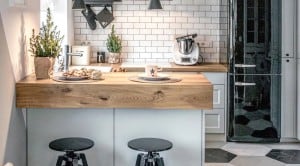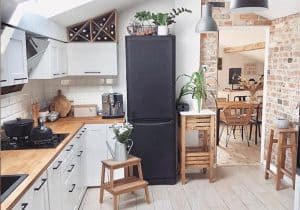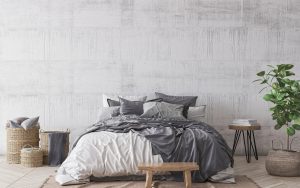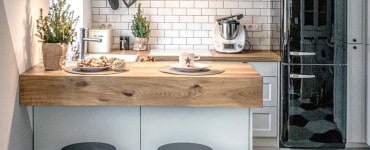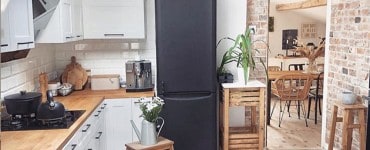In the world of interior design, two popular styles have captivated homeowners and design enthusiasts alike: Scandinavian and Minimalist. Both aesthetics embrace simplicity and functionality, but they each possess distinctive elements that set them apart. The Scandinavian design, with its warm and cozy feel, hails from the Nordic countries, while Minimalism emphasizes the “less is more” approach, focusing on clean lines and uncluttered spaces.
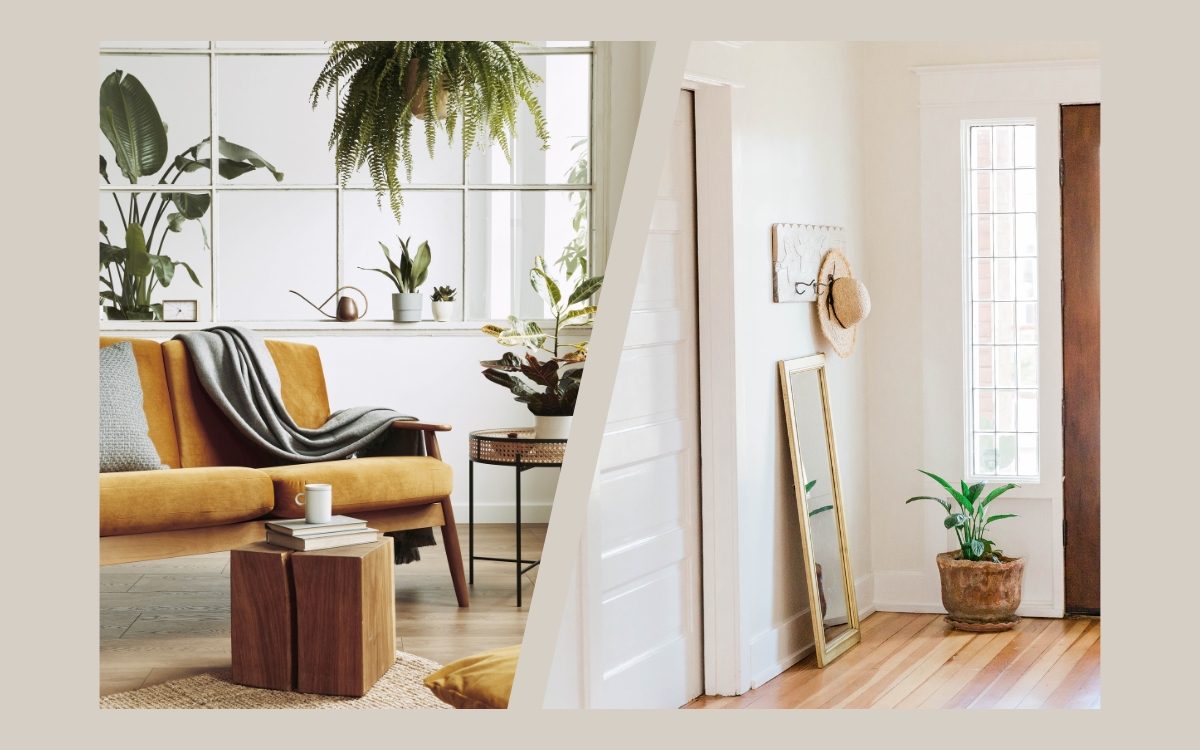
Choosing between these two alluring styles can be a challenging decision for anyone looking to transform their living spaces. In this blog post, we will explore the key characteristics, benefits, and considerations of both Scandinavian and Minimalist designs, aiming to help you discover the perfect fit for your home and lifestyle.
The Key Differences
Aesthetic and Visual Contrasts
Scandinavian design and Minimalism, while both embracing simplicity, differ significantly in their overall aesthetics and visual impact. Scandinavian design, rooted in the Nordic countries, is characterized by its warm, inviting ambiance and a focus on creating cozy spaces. It incorporates elements like natural wood, soft textiles, and earthy color palettes to evoke a sense of hygge – a Danish concept that emphasizes comfort and well-being.
In contrast, Minimalism is all about clean lines, uncluttered spaces, and a pared-down approach. Its visual appeal lies in the sleekness and lack of ornamentation, creating a sense of calm and tranquility. Minimalist spaces often feature monochromatic color schemes, minimal decor, and a strong emphasis on negative space, allowing for a visually open and airy environment.
Role of Furniture and Decor
In Scandinavian design, furniture plays a crucial role in adding warmth and character to a space. You’ll often find pieces with organic shapes, such as curvy sofas and chairs, that invite relaxation and comfort.
The use of natural materials like leather, wool, and rattan further enhances the cozy atmosphere. Decorative elements like woven baskets, plush rugs, and textured cushions add layers of visual interest and contribute to the overall inviting ambiance.
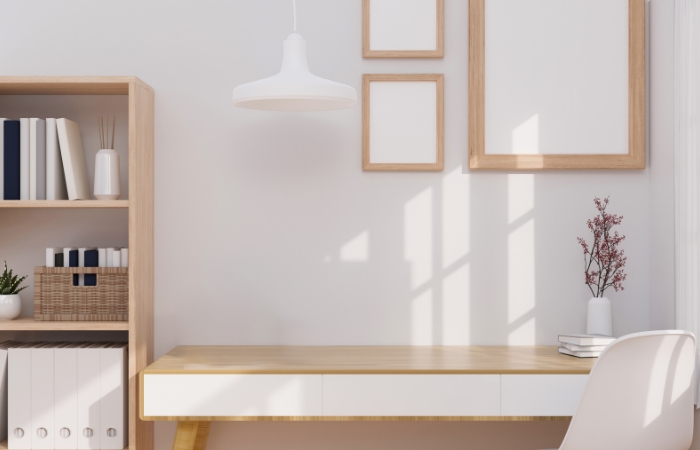
On the other hand, Minimalism takes a different approach to furniture and decor. Functionality takes precedence, and furniture choices are typically sleek, clean-lined, and devoid of excessive embellishments.
Multifunctional furniture is favored to maximize space, and every piece serves a purpose. Decor is kept to a minimum, focusing on a few statement pieces rather than an array of decorative items. The intention is to create a clutter-free environment, allowing the architecture and key design elements to shine.
Lighting Choices and Atmosphere
In Scandinavian design, lighting is an essential aspect that contributes to the overall ambiance. With long, dark winters in the Nordic region, lighting plays a vital role in creating a cozy and inviting atmosphere.
Warm and soft lighting fixtures, such as pendant lamps with fabric shades and candles, are commonly used to infuse spaces with a comforting glow. Large windows are also prevalent to maximize natural light during the limited daylight hours.
Conversely, Minimalism prioritizes natural light and often incorporates large windows and open floor plans to create a seamless connection with the outdoors. Lighting fixtures in Minimalist spaces are typically clean and simple in design, blending harmoniously with the overall aesthetic. The goal is to achieve a sense of openness and airiness, allowing light to play a significant role in shaping the atmosphere.
Balancing Form and Function
Scandinavian design strikes a beautiful balance between aesthetics and functionality. It seamlessly blends practicality with visual appeal, ensuring that each piece of furniture and decor serves a purpose while contributing to the overall charm of the space. Scandinavian interiors are designed with the idea of making everyday living more enjoyable and comfortable, without compromising on style.
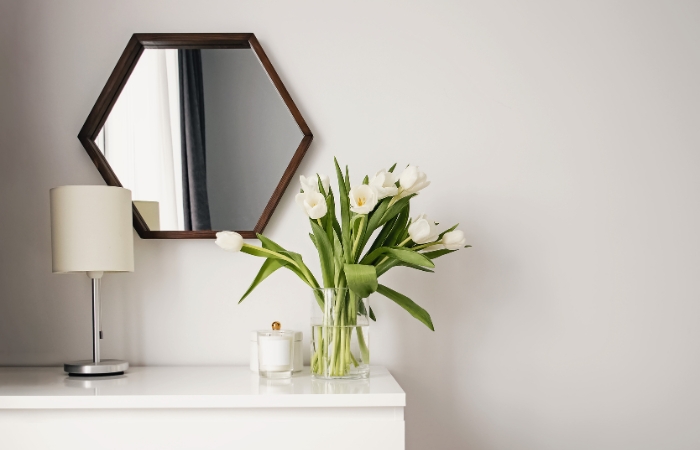
Minimalism, however, takes a more utilitarian approach, placing an emphasis on the functional aspects of each element. The focus is on decluttering and removing unnecessary items to create an environment that promotes a sense of calm and clarity. The form follows the function, with each design choice serving a specific purpose to maintain the minimalist aesthetic.
Personalization and Flexibility
Scandinavian design often allows for more personalization and eclectic touches. It embraces a mix of old and new, traditional and modern, allowing homeowners to infuse their personalities and unique style into the space. Scandinavian interiors can be playful and dynamic, with opportunities to incorporate various textures, patterns, and colors.
On the other hand, Minimalism tends to be more rigid in its approach, focusing on a cohesive and consistent look. While it allows for individual expression, the emphasis remains on keeping the space uncluttered and streamlined. Personalization in Minimalist spaces often revolves around selecting statement pieces that align with the overall aesthetic.
Finding Your Perfect Fit
Consider Your Lifestyle and Daily Needs
When choosing between Scandinavian and Minimalist design, it’s essential to consider your lifestyle and daily needs. Scandinavian design, with its emphasis on coziness and comfort, is well-suited for individuals who prioritize relaxation and a welcoming ambiance. If you enjoy spending time with family and friends in a warm and inviting environment, Scandinavian design might be the ideal fit for you.
On the other hand, Minimalism caters to those who crave simplicity and minimal distractions. If you prefer a clutter-free and serene space that promotes mindfulness and focus, Minimalist design could be the perfect match for your lifestyle. Consider how each style aligns with your daily routines, activities, and overall preferences to make an informed decision.
Explore Your Aesthetic Preferences
Your aesthetic preferences play a crucial role in determining the design style that resonates with you. Take the time to explore both Scandinavian and Minimalist aesthetics through online research, interior design magazines, or by visiting showrooms and open houses.
Pay attention to the visual elements, color schemes, and overall atmosphere of each style. Do you find yourself drawn to the warmth and textures of Scandinavian design, or are you captivated by the sleek simplicity of Minimalism?
Consider creating mood boards or Pinterest boards to gather images that represent your design preferences. This process can help you identify the elements you wish to incorporate into your living spaces, making it easier to choose the style that speaks to your heart.
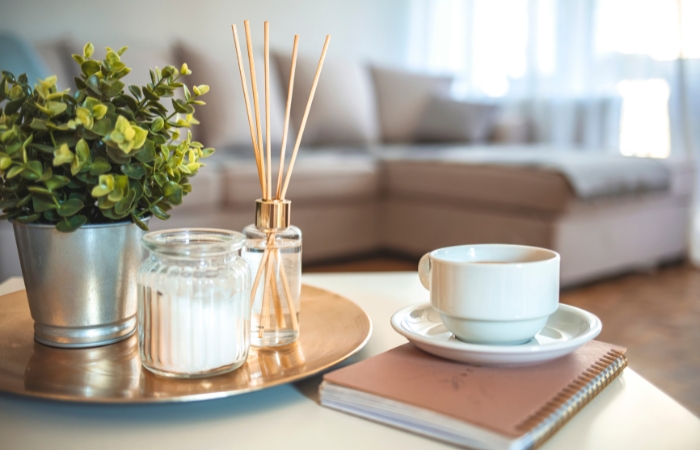
Assess Your Space and Architectural Features
Another vital aspect to consider is your current living space and its architectural features. Scandinavian design is often characterized by natural light and ample windows, as it seeks to maximize brightness during the dark winter months. If your home has large windows and receives plenty of natural light, Scandinavian design can accentuate these features and create a cheerful and cozy atmosphere.
On the other hand, Minimalism can work well in spaces with clean lines and open layouts. If your home has minimalist architectural elements, such as simple geometric shapes and a neutral color palette, embracing Minimalism can enhance the natural flow and harmony of the space.
Blend Both Styles for A Unique Look
Who says you have to choose just one design style? One creative approach is to blend elements from both Scandinavian and Minimalist design to create a unique and personalized look. By incorporating the cozy textures and warm color palettes of Scandinavian design with the clean lines and uncluttered spaces of Minimalism, you can craft a hybrid style that complements your tastes and preferences.
For example, you could opt for a Minimalist foundation in your living spaces and add Scandinavian-inspired textiles, such as soft throw blankets and cushions, to introduce warmth and comfort. This blend allows you to enjoy the best of both worlds, creating a space that feels welcoming, serene, and true to your individual style.
Trust Your Instincts and Experiment
At the end of the day, design is a personal expression of who you are and how you want to feel in your home. Trust your instincts and don’t be afraid to experiment with different design elements. If you find yourself drawn to certain aspects of both Scandinavian and Minimalist styles, don’t hesitate to incorporate them into your space.
Start with smaller decor pieces or furniture items to test the waters and see how they fit into your overall design vision. As you explore and refine your preferences, you’ll discover what works best for you, and you can gradually transform your living spaces into a sanctuary that truly reflects your personality and lifestyle.
Conclusion
In the ultimate showdown between Scandinavian and Minimalist design, there is no clear winner, as both styles offer unique advantages and charm. Scandinavian design captivates with its warmth, texture, and emphasis on creating inviting, comfortable spaces.
On the other hand, Minimalism brings a sense of calm and tranquility through its streamlined and clutter-free approach. The decision ultimately depends on your personal preferences, lifestyle, and the atmosphere you wish to cultivate in your home.


